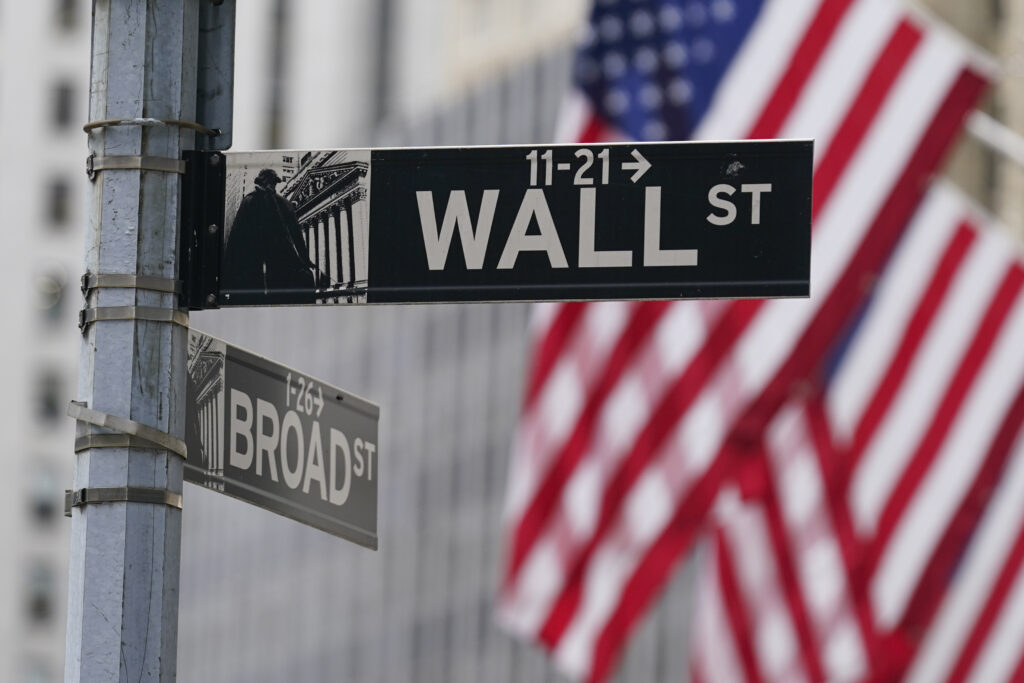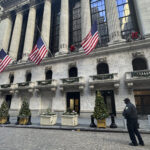After a hot start to the year bolstered by hopes that inflation was on the way down, Wall Street has slammed into reverse this month. A stream of data has shown inflation and the overall economy are remaining more resilient than expected. That’s forced investors to raise their forecasts for how high the Federal Reserve will take interest rates and how long it will keep them there. The associated Press has the story:
Wall Street drifts on last day of a tough month
Newslooks- NEW YORK (AP)
Stocks are drifting lower Tuesday as Wall Street closes out what’s been a tough February.
The S&P 500 was 0.2% lower in early trading. The Dow Jones Industrial Average was down 121 points, or 0.4%, at 32,767, as of 9:36 a.m. Eastern time, while the Nasdaq composite was 0.2% lower.
After a hot start to the year bolstered by hopes that inflation was on the way down, Wall Street has slammed into reverse this month. A stream of data has shown inflation and the overall economy are remaining more resilient than expected. That’s forced investors to raise their forecasts for how high the Federal Reserve will take interest rates and how long it will keep them there.
High rates can drive down inflation, but they also raise the risk of a recession down the line because they slow the economy. They also hurt prices for stocks and other investments.
After earlier this year hoping that the Fed could soon pause its aggressive hikes to interest rates, and maybe even begin cutting them late this year, traders have come around to believe the Fed’s long insistence that it plans to take rates higher for longer to ensure the job is done on inflation. Many now see the Fed taking its key overnight interest rate up to at least 5.25%, if not higher, and keeping them there through the end of the year.
The Fed’s rate is currently set in a range of 4.50% to 4.75% after starting last year at virtually zero.
The heightened expectations for rates have sent yields jumping in the bond market this month. The yield on the 10-year Treasury rose to 3.96% from 3.92% late Monday. It helps set rates for mortgages and other loans that shape the economy’s health, and it’s near its highest level since November.
The two-year yield, which moves more on expectations for Fed action, rose to 4.82% from 4.78%. It’s near its highest level since 2007.
Such rate worries have caused the S&P 500’s gain for the year to more than halve. It was up as much as 8.9% in early February, the day before a report showed that U.S. employers hired nearly a third of a million more people in January than expected.
Such strength is good news for the economy and calms fears about a recession hitting imminently. But the Fed worries it could also feed into upward pressure on inflation, which has not been coming down as quickly and as smoothly as hoped.
Now the S&P 500 is hanging onto a gain of 3.5% for the year.
All these worries have come across a backdrop of falling earnings. S&P 500 companies are in the midst of reporting their first decline in profits from year-earlier levels since 2020, when the pandemic was choking the economy, according to FactSet.
Most companies have already reported their results for the last three months of 2022, but several big-name retailers are still on the schedule for this week.
Among them was Target, which on Tuesday reported better profit and revenue than expected for the latest quarter. But it also echoed some other retailers in giving a cautious forecast for upcoming results as U.S. households contend with still-high inflation. Target rose 2.6%.







